Finland: Lily
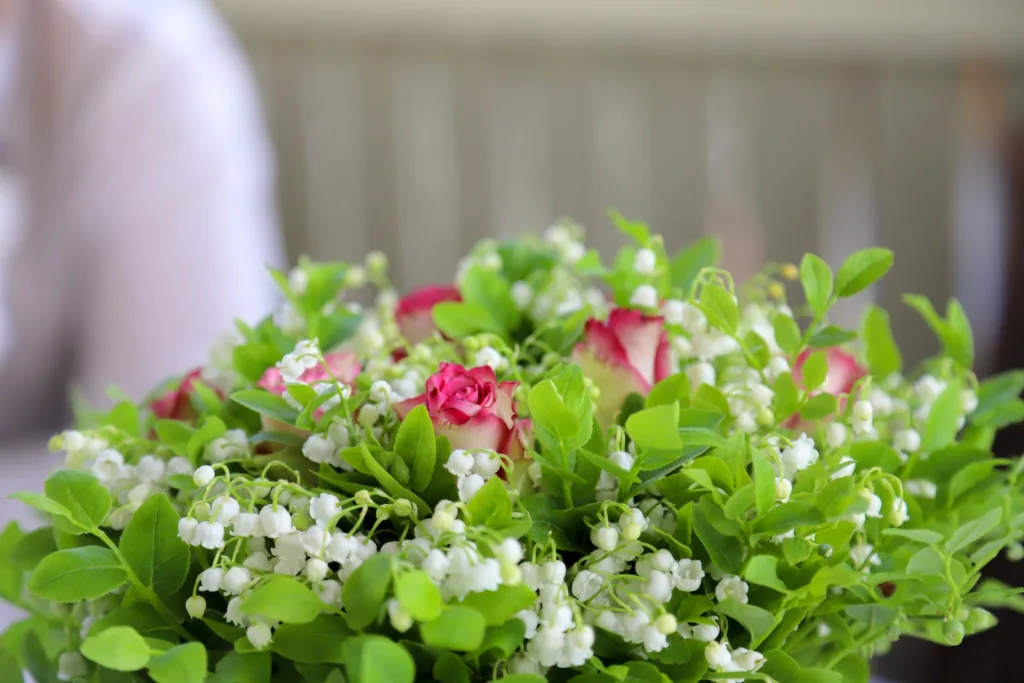
The summer blooming lily of the valley has come to symbolise summer in Finland. In 1967, on the occasion of Finland’s 50th anniversary of independence, the lily of the valley was chosen as the country’s emblem. The lily of the valley bears toxic petals and roots despite its well-groomed and beautiful exterior.
Indonesia: Rafflesia
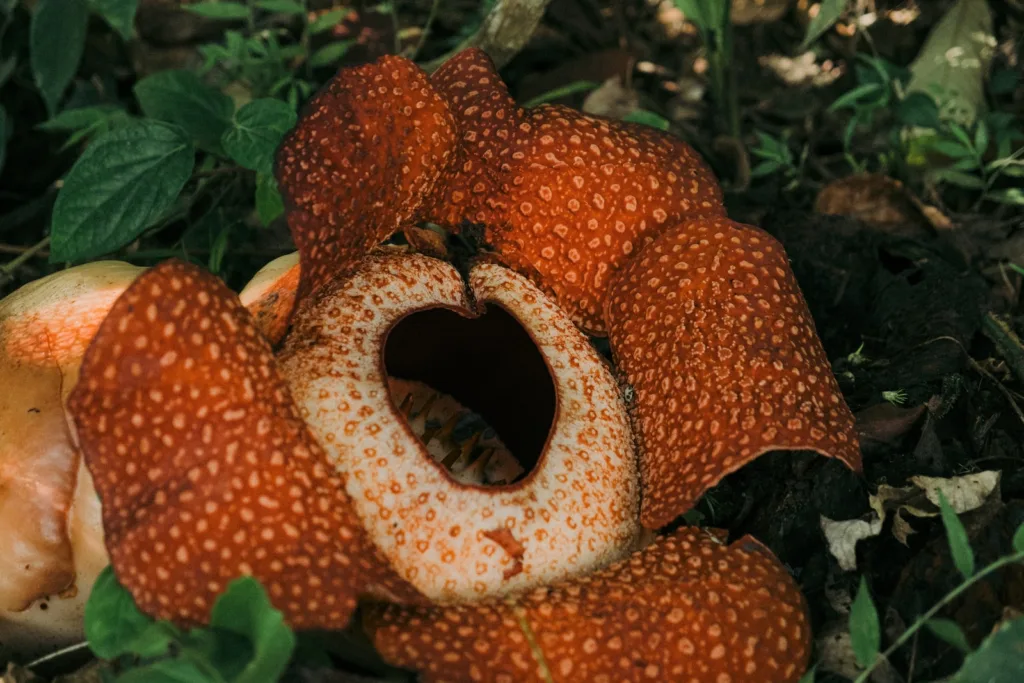
One of Indonesia’s many national flowers is the rafflesia, the largest flower in the world. With leaves that may grow up to 90 cm in diameter, it is a rare flower that can only be found close to Borneo. It is renowned for its enormous size as well as for having a pungent manure-like odour.
South Africa: King Protea

Its name is derived from the enormous July flowers with crown-like shapes. Protea king designs can be found on a variety of objects in South Africa, including textiles and crockery.
Denmark: Purple clover
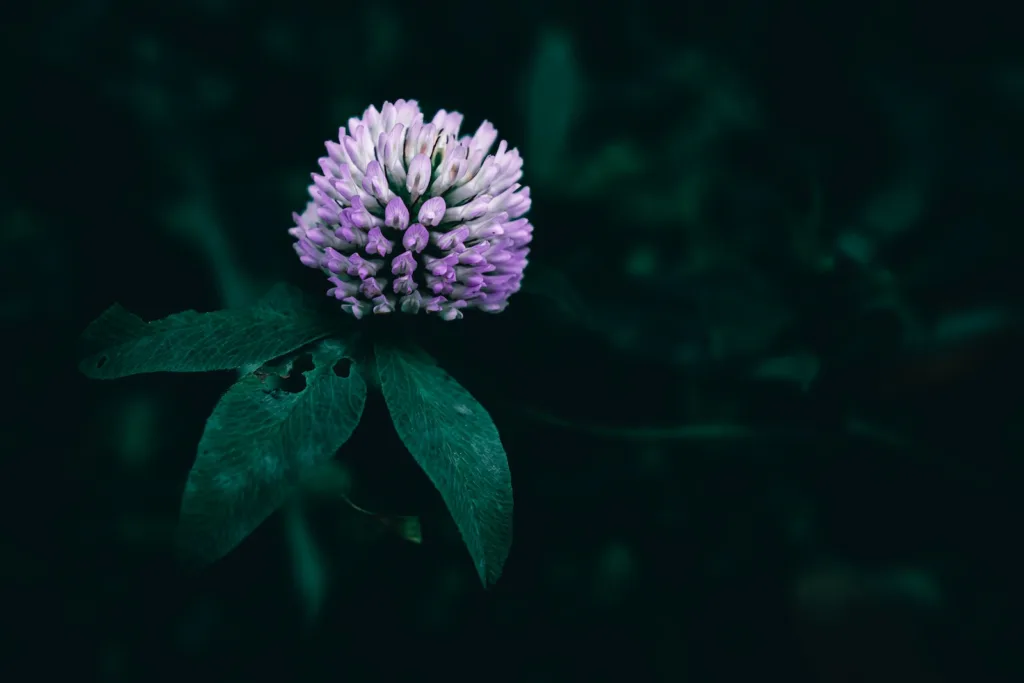
The purple clover’s roots contain a fungus that pulls nitrogen from the atmosphere and transfers it to the soil. As a result, the soil where purple clover grows is fertile, which benefits the Danish pastoral economy. The purple clover is regarded as Denmark’s national flower due of its practicality.
Spain: the carnation
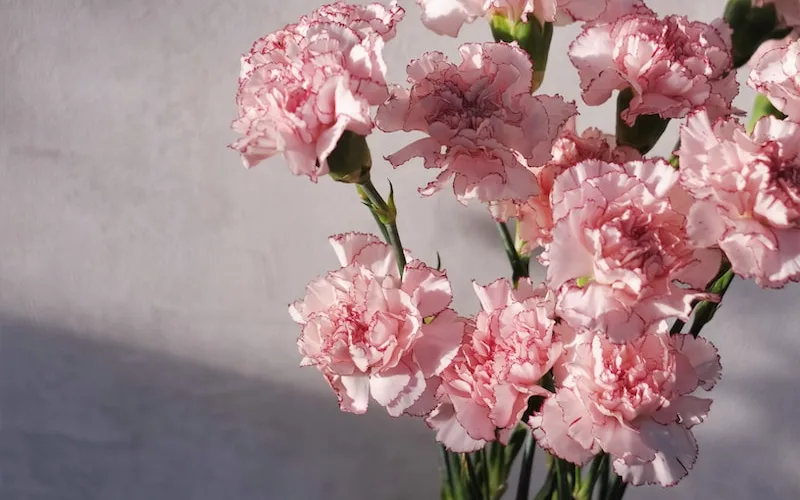
According to legend, the flower was created from the tears that the Virgin Mary cried when she witnessed Christ being crucified. Because of this, it has long had great popularity in Spain, a nation that leans heavily Catholic. The flower also represents maternal affection, and it is customary in many places to give carnations to mothers on Mother’s Day.
Turkey: Tulips
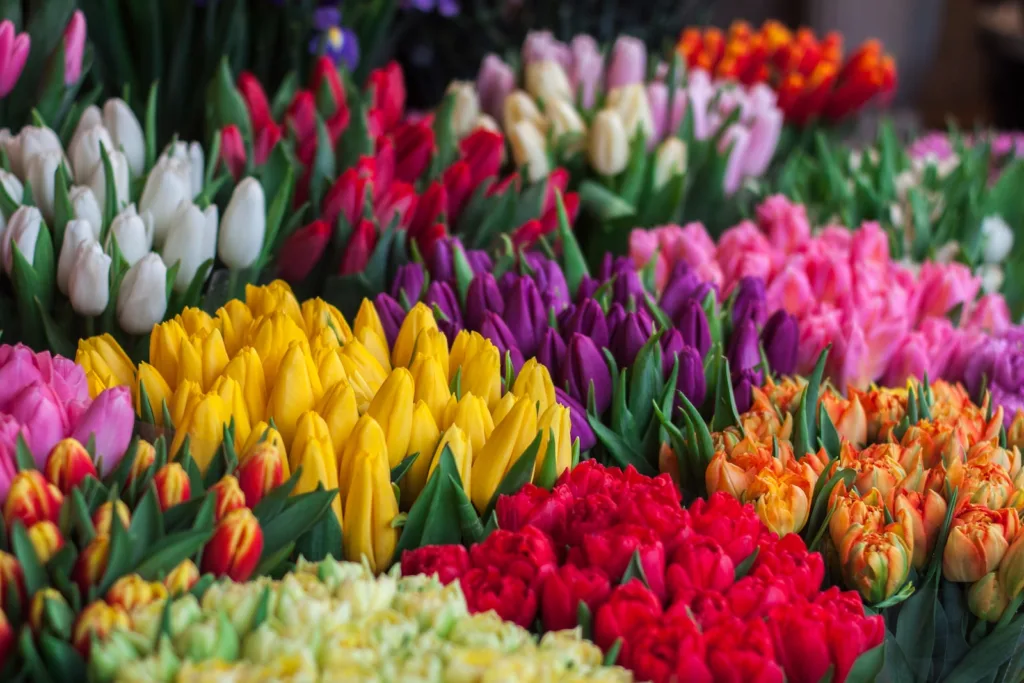
Although its origins are in Turkey, the tulip is best famous in the Netherlands. It originates primarily in Central Anatolia and a few nearby nations, including Iran, Afghanistan, and Kazakhstan, all of which claim the tulip as their national flower.
Netherlands: Tulips

In the sixteenth century, tulips were introduced to the Netherlands from Turkey. They soared in popularity and price, but they abruptly burst in 1637, and as a result are regarded as the world’s first economic bubble. With a 90% market share, the Netherlands currently produces the most tulip bulbs worldwide.
Australia: Mimosa
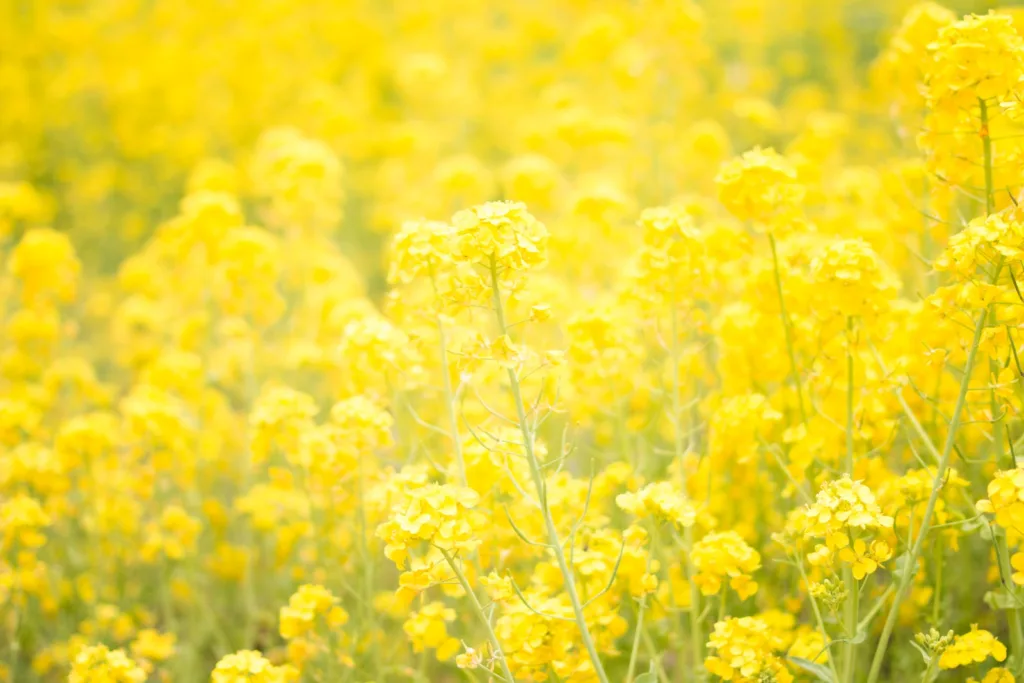
This flower, an acacia family member endemic to southeast Australia, is called a mimosa in Europe. The national insignia of Australia and Australian medals both feature the colours green and yellow, which are also the colours of the mimosa and represent the Australian nation.
Serbia: Plum blossom
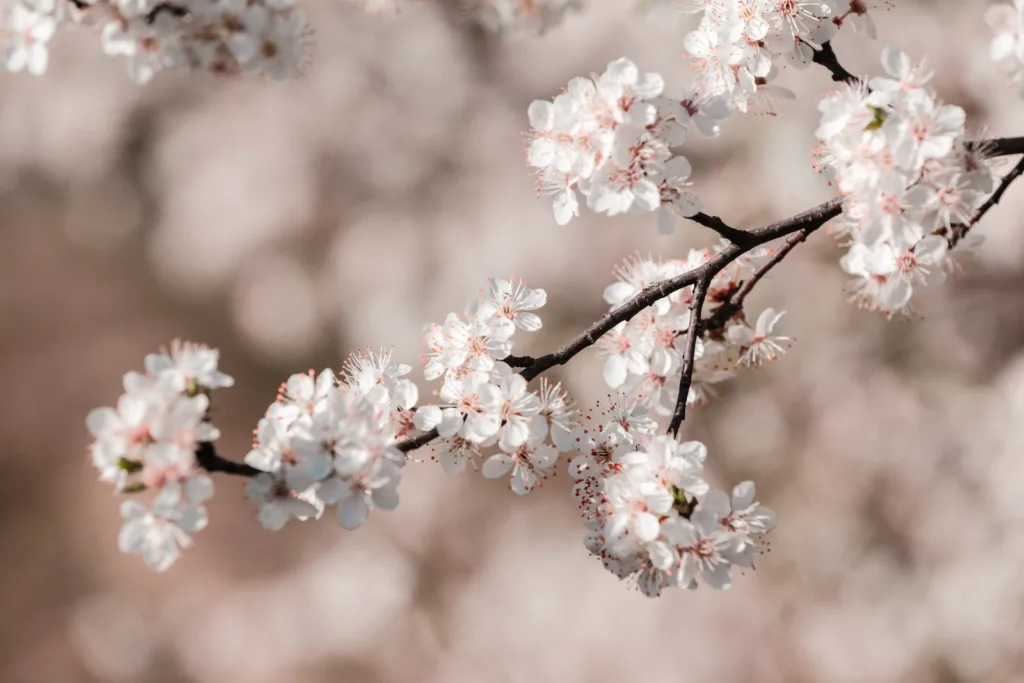
Although the plum originated in China, Serbia has adopted it as its national flower since it is used to manufacture the well-known slivovitz brandy. The ideal spot to build a house is where the plum tree grows best, according to a Serbian saying.
Malaysia: Hibiscus rosa-sinensis

Despite being cultivated all over the world, this lovely flower is known as “bunga raya” in Malay and is regarded as the country’s national flower. It was established that the crimson of the petals represents “the courage, life, and rapid growth of the Malaysian people, and the five petals represent the five Rukun Negara of Malaysia,” according to the International School of Kuala Lumpur. The government announced its status in 1960. In Malaysia, coins and banknotes both feature floral designs.
Mexico: dahlia
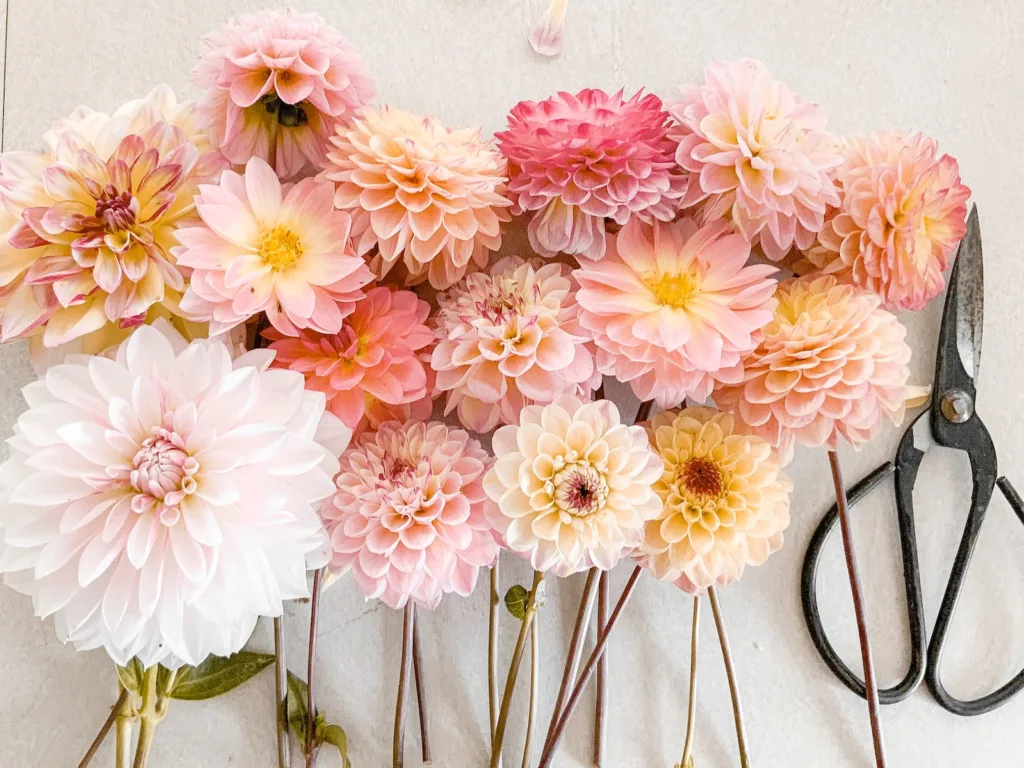
The dahlia, a native of Mexico, was once prized for its use as food and medicine before being introduced to Europe in the late 18th century and became a decorative plant.
New Zealand: kōwhai
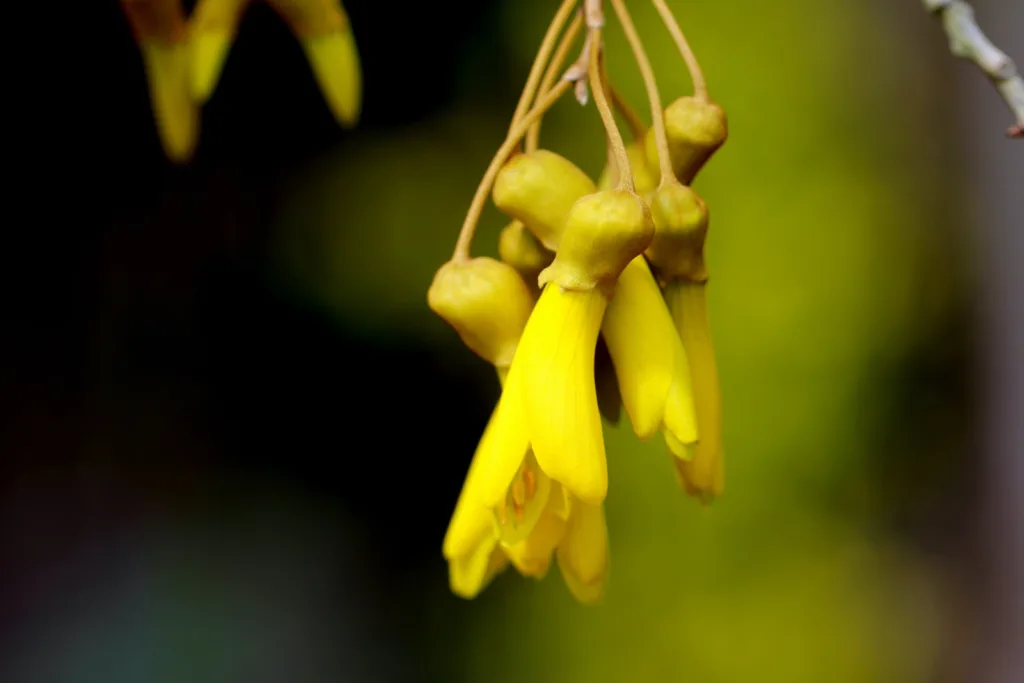
According to the New Zealand Department of Conservation, this gorgeous yellow flower is the country’s national symbol. According to the government website, the kwhai grows in “a diverse range of habitats from riparian forests, coastal cliff faces, to inland grey scrub communities,” and “native birds such as the tui, bellbird, kk, and New Zealand pigeon/kerer/kk/kkupa all benefit from kwhai trees.”
Namibia: Welwitschia

It exhibits many characteristics of a capsule plant and is currently in risk of extinction, despite the fact that a single specimen can live for approximately 2,000 years. It’s dubbed “strange and unusual” because, well, it is in many respects.
Philippines: Sampaguita Jasmine
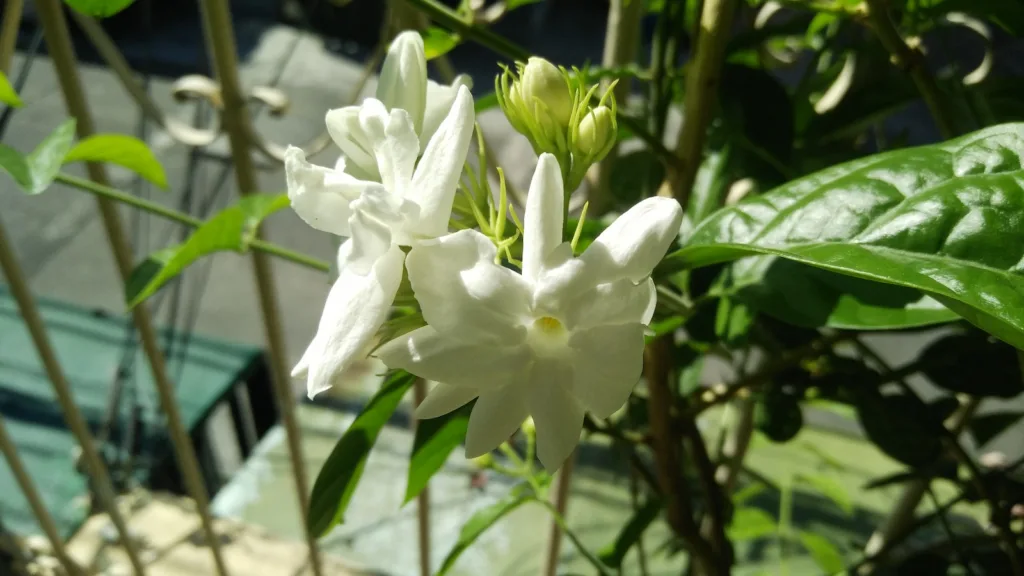
Since 1934, the Sampaguita Jasmine, also known as Arabian Jasmine, has served as the Philippines’ national flower. The flower can bloom at any time of year, but when it does, it “opens at night and lasts for about one day, producing a unique sweet scent,” according to Suranaree University of Technology.
Morocco: damask rose
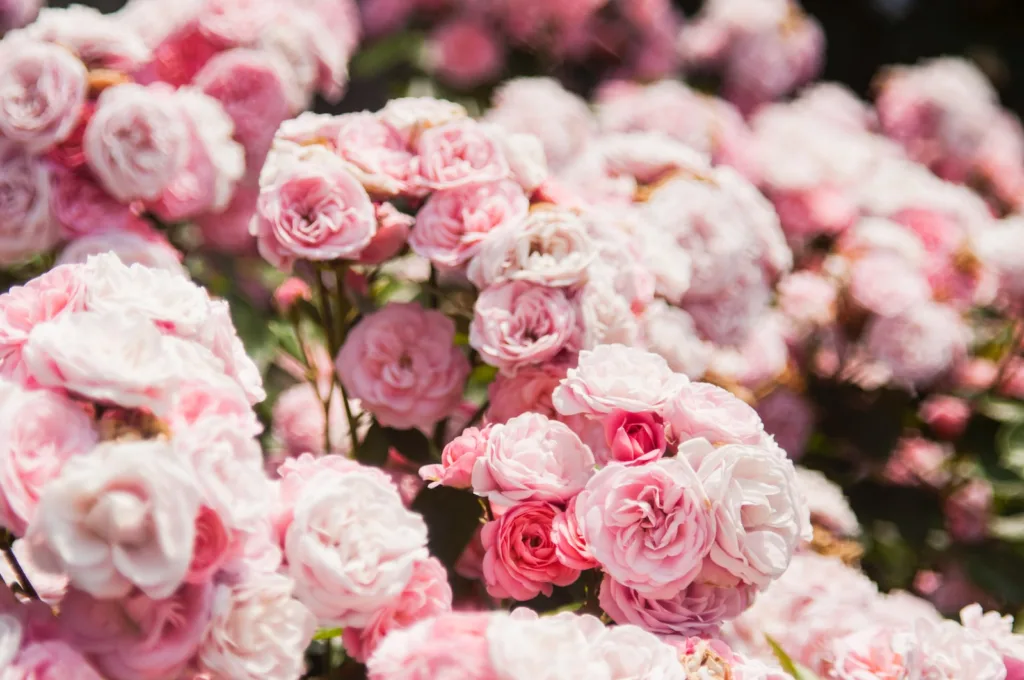
There are so many varieties of roses that we can count between 30,000 and 100,000 species. Among these, the damask rose is known as the “queen of roses.” It is said to be named after Damascus, the capital of Syria.
Singapore: Vanda Miss Joaquim
Among numerous orchids, the Vanda Miss Joaquim was chosen as Singapore’s national flower. Its scientific name is Papilionanthe Miss Joaquim, and the Singapore National Parks website describes its “vibrant colours, hardiness, and resilience” as “qualities that reflect the Singapore spirit.”
Norway: heather
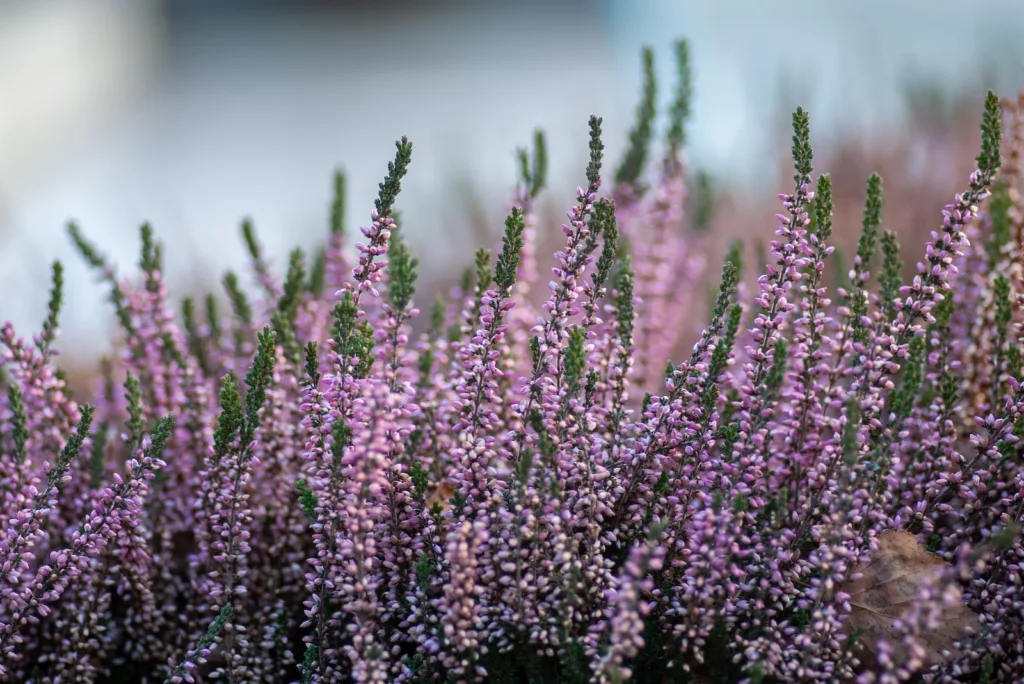
This flower is full of life and can tolerate temperatures below freezing. It has become a symbol of the Norwegian people’s heart and mind, as it blooms vigorously even in Norway’s wild surroundings.
United Arab Emirates: Tribulus Omanense

As the name implies, this flower has been discovered in Oman, a country neighbouring the United Arab Emirates, however it is not unique to this country. The Tribulus Omanense was chosen as the Emirates’ national flower because it flourishes in the country’s diverse landscapes, which range from sandy dunes to rocky areas and oases’ borders.
Zimbabwe: Gloriosa
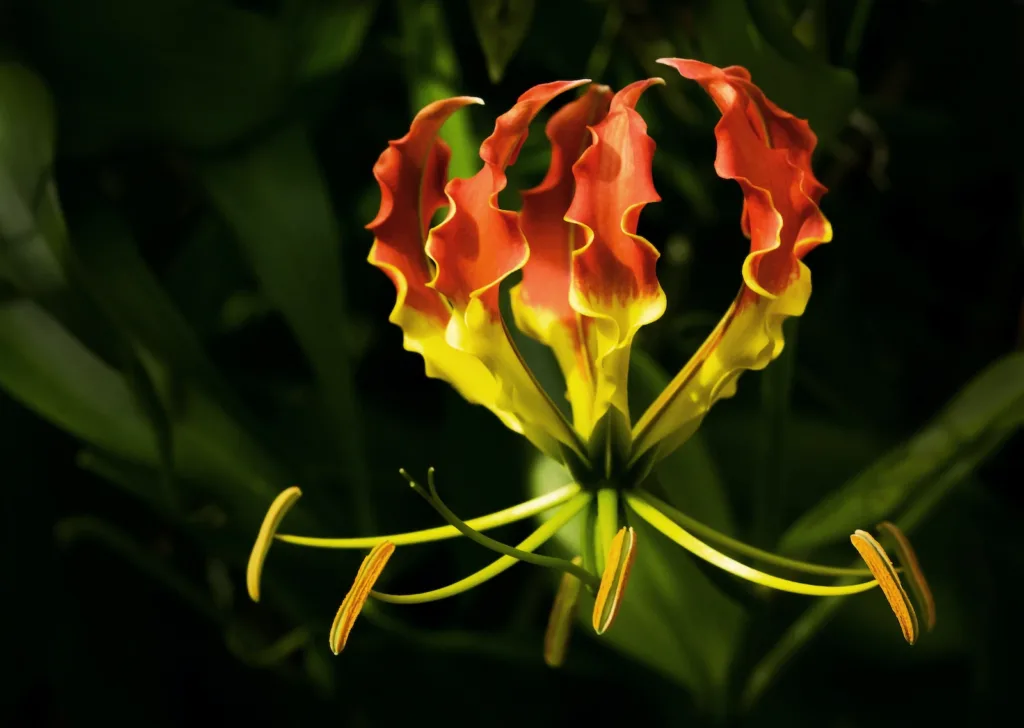
The Gloriosa is a poisonous deciduous perennial plant native to Africa and tropical Asia. In Italy, the deadly plant was used as evidence in the so-called ‘Casalecchio poisoning’ case in 2021.
Madagascar: poinsettia

While the poinsettia may be a recognisable Christmas icon for some, it is really Madagascar’s national flower. One reason for this is that when poinsettia leaves are folded in half, they take on the form of Madagascar. The flower is, in reality, from Central America.
Switzerland: edelweiss
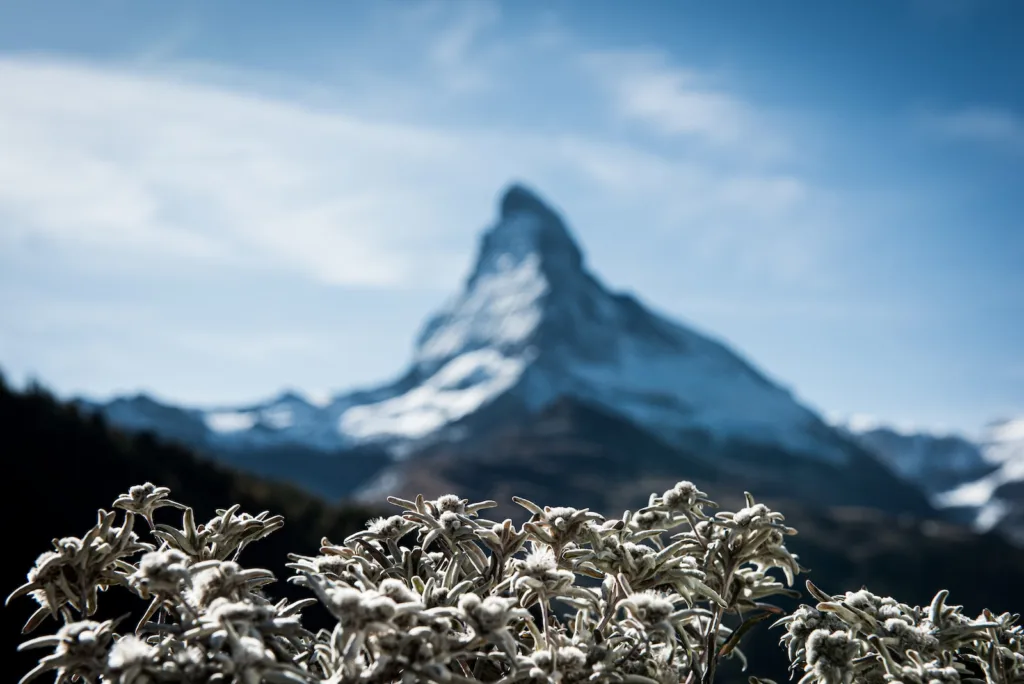
It has velvety petals and robust, hairy leaves to endure the hard circumstances of the arid Alpine Alps and is known as “edelweiss” for its white blossoms. However, the white component is a bract that creates a leaf, not the flower; the blossom is the yellow section in the centre.
France: lily

Louis VII was the first King of France to make the lily an emblem of Paris. This exquisite blossom quickly became known as the actual symbol of royal ancestry and prosperity.
Brazil: laelia purpurata

The orchid family includes the Leila purpurata. It is composed of five white petals with a purple centre. It has been the national flower of Brazil since 1983, despite the fact that deforestation and building development have repeatedly threatened its existence and natural reproduction.
England: Rose
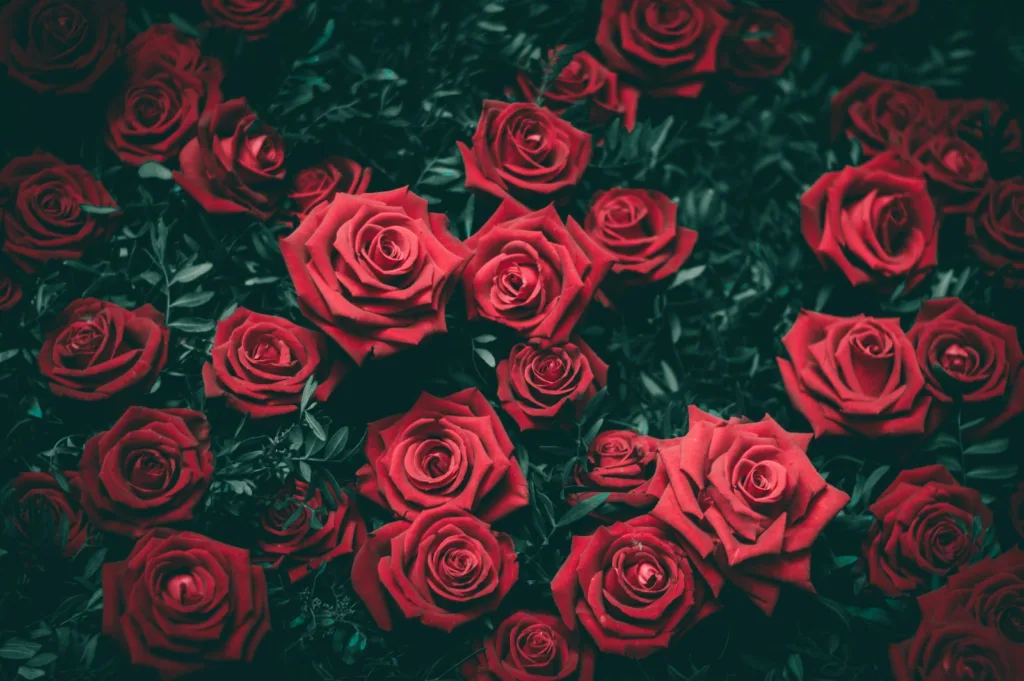
The rose is England’s national flower, a symbol of two historic aristocratic houses that fought for the crown for 30 years in the so-called ‘war of the roses’: the red rose featured in the Lancaster family crest, and the white rose in the Yorks’. The rose arrived in England from Provence, France, where Henry III’s bride, Eleanor, was born.
United States: Rose

The rose is also the flower of the United States of America for historical reasons. It has been since President Reagan signed a resolution in 1986. The rose is also the symbol of Washington, DC (particularly, the American Beauty rose).
Ukraine: sunflower
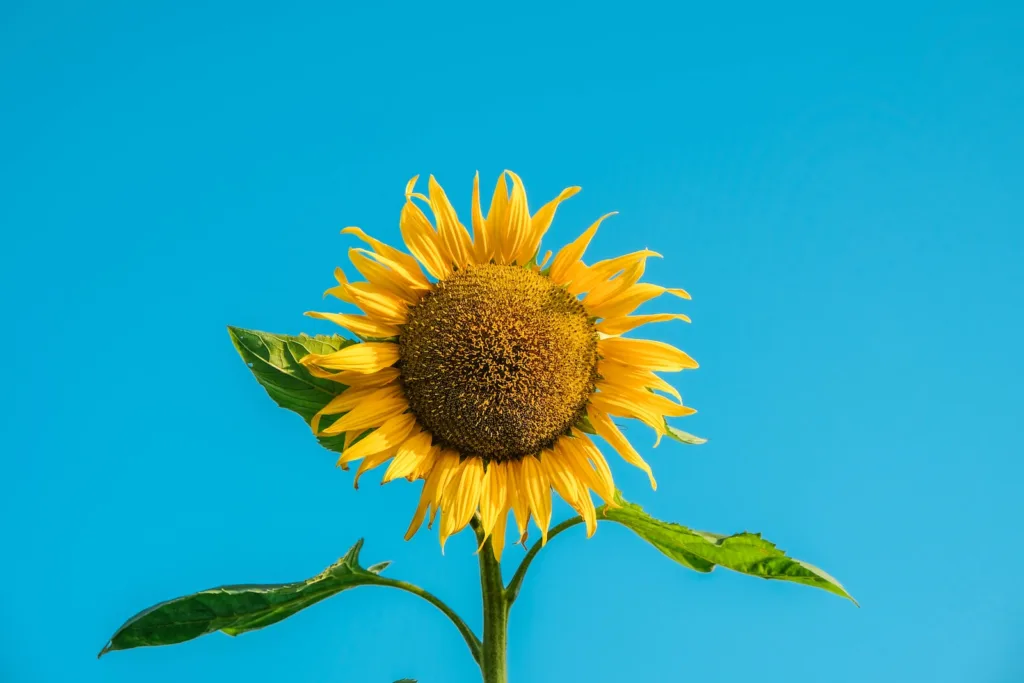
With the recent events in Ukraine, the country’s flower, the sunflower, has become an even more powerful symbol. It has the ability to cross borders and nations to become a symbol of solidarity.
Germany: cornflower
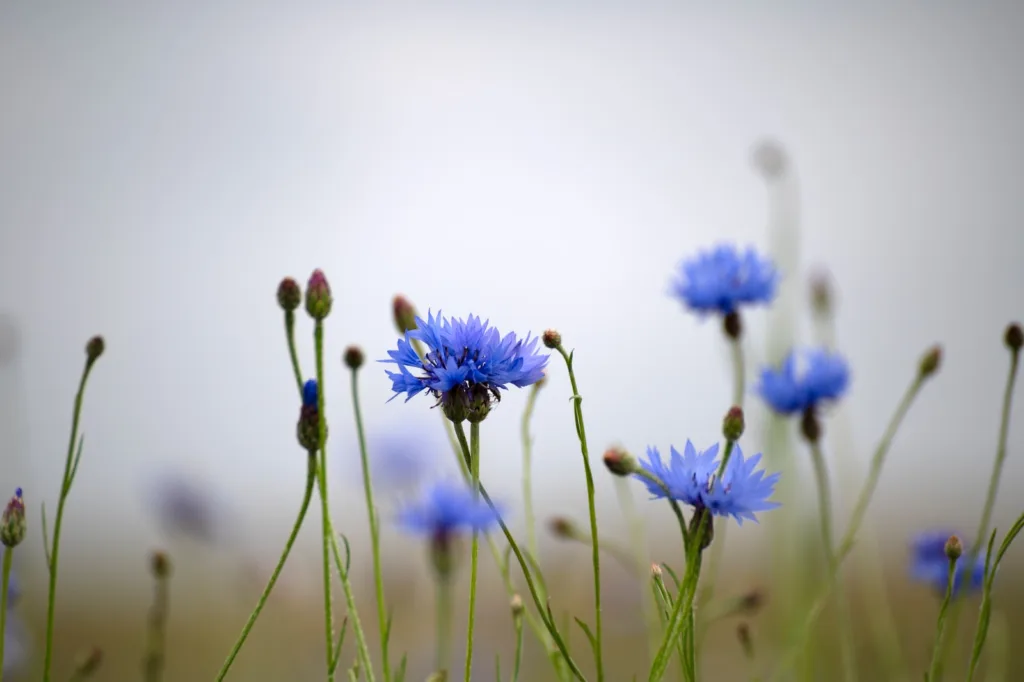
The cornflower is Germany’s national flower. This option appears to have originated during the Napoleonic era, when William I, on his way home from a war, found his mother in a wheat field, weaving little bunches of cornflowers to reassure some children. As a result of seeing this spectacle, William adopted the cornflower as the kingdom’s coat of arms.
India: lotus
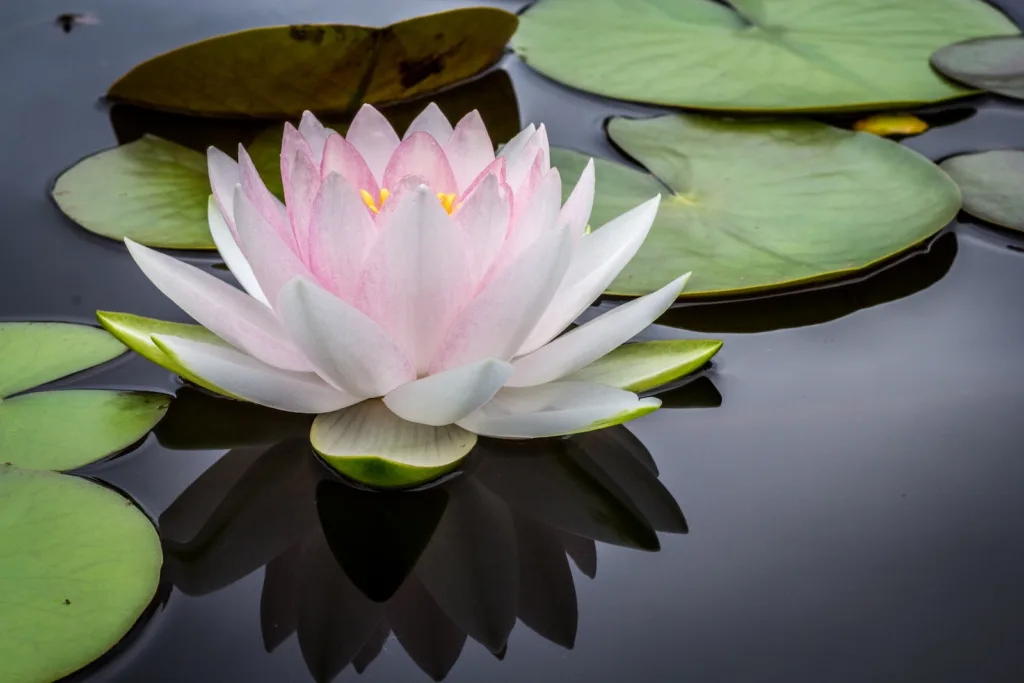
The Lotus flower is important to Hindus, which is one of the reasons it was chosen as India’s national flower. The scientific name for the aquatic flower is Nelumbo nucifera. It blooms primarily during the monsoon season, which lasts from June to September.
Portugal: Lavender
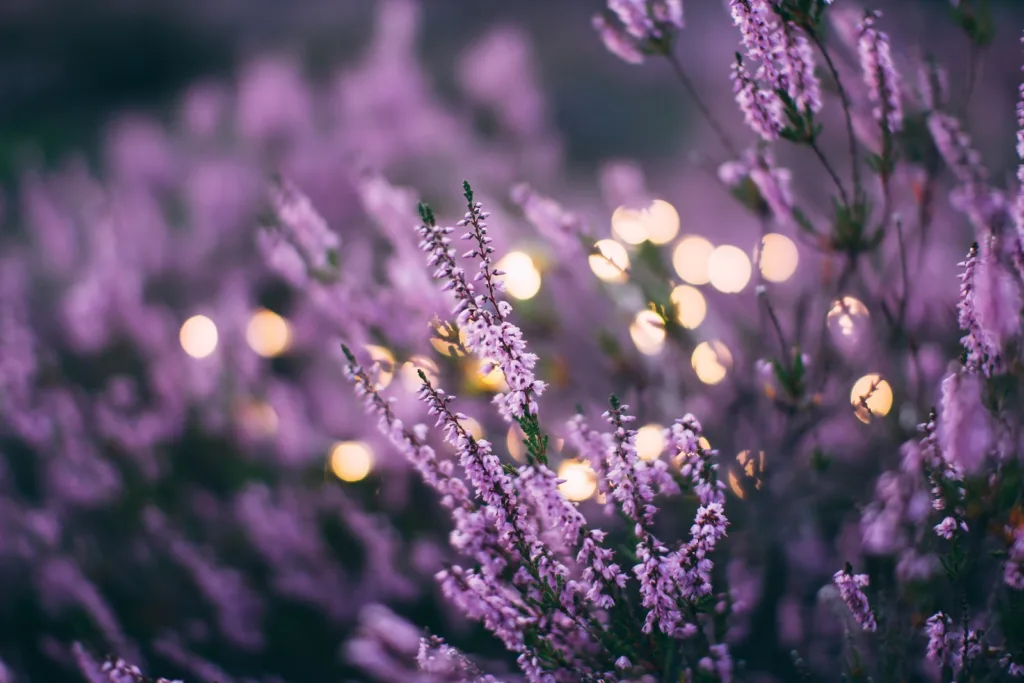
This multi-beneficial plant is also the country’s national flower, where you can enjoy vast fields of purple (particularly between May and August).
Russia: Chamomile
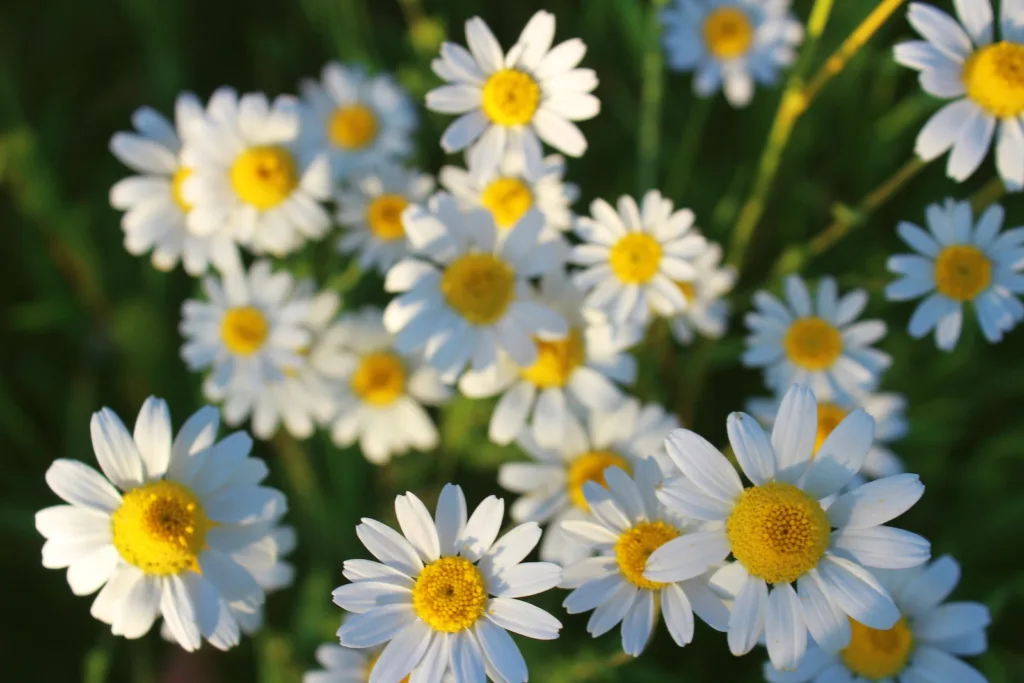
The chamomile is Russia’s national flower and a symbol of perseverance in the face of adversity. Because of its numerous applications and beneficial features, it has been designated as the national flower.
Italy: strawberry tree

The strawberry tree, like the colour blue and the tricolour flag, is a patrimonial symbol of Italy. The reason for this is since its green leaves, white flowers, and red berries are reminiscent of the national colours.
Ireland: shamrock
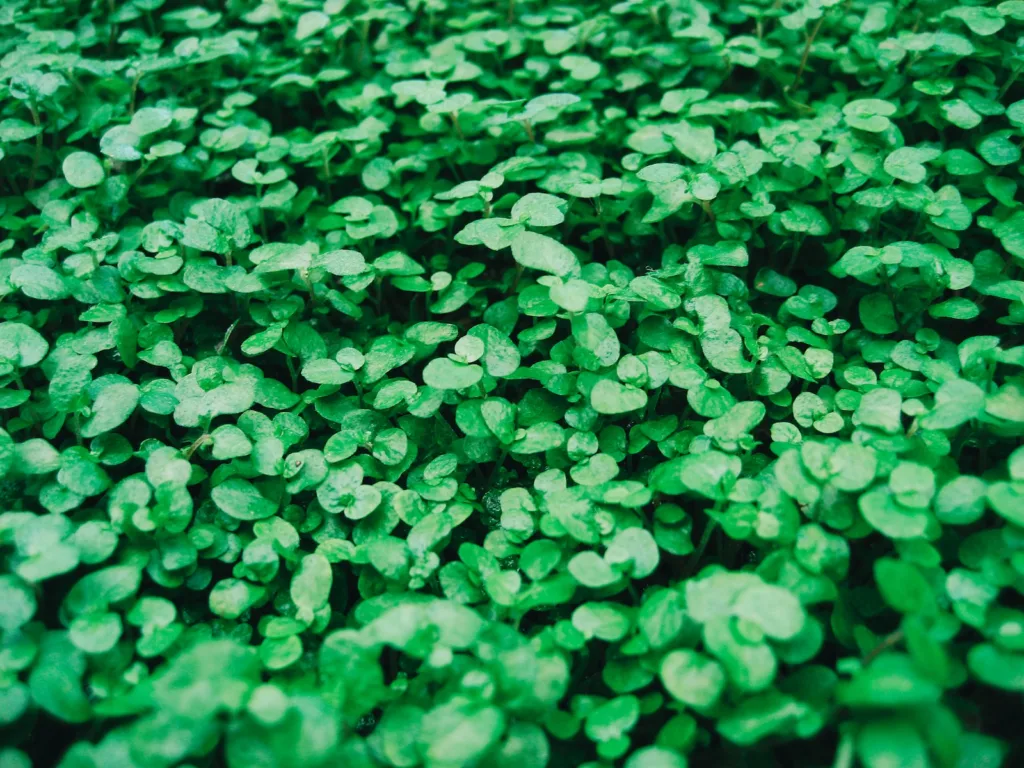
Technically, the shamrock is not a flower. However, the clover was a significant emblem for the ancient Irish Druids, and it has remained in Irish culture and images ever since. So why choose another plant? Congratulations, Ireland!
Canada: bunchberry

When it comes to national flowers, Canada is yet another odd instance. Of course, the maple leaf has long been connected with the country, but it is not a flower. According to CBC, Maureen Hulbert, a member of the Toronto chapter of Master Gardeners of Ontario, petitioned the federal government in 2017 to select a national flower. Following a pre-selection, the Bunchberry (Cornus Canadensis) emerged as the popular favourite.
You must also tell us your opinion about this article in the comment box. Also, if you liked this article, then share it and stay connected with your own website gobloging to read other similar articles.
img credit :- Unsplash
🔵🟣🟡⚫

